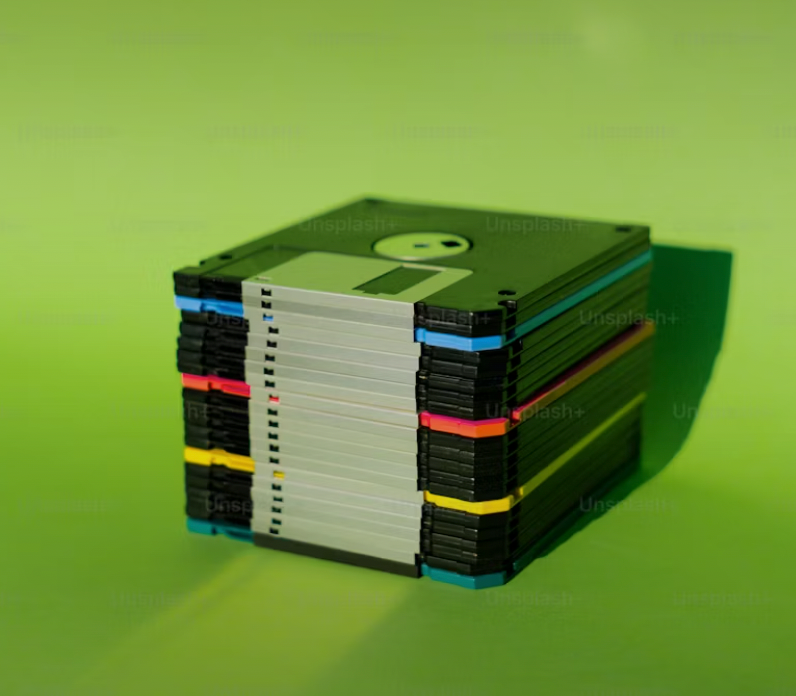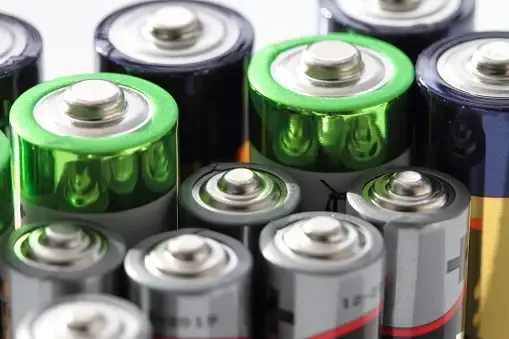
CONTACT US
Stacking vs Winding Battery Tech Comparison
When it comes to energy storage systems, two common methods stand out: stacking and winding. Both techniques have their unique advantages and applications, but choosing between them can be a bit tricky. Let’s dive into the details of each method, compare their benefits, and help you decide which is best suited for your energy needs.
What is Stacking?
Stacking is a method used in battery manufacturing where layers of battery cells are placed on top of each other, forming a stack. This technique is commonly employed in battery packs designed for high capacity and power density. The process involves assembling multiple layers of cells, which are then connected in series or parallel to achieve the desired voltage and capacity.
One of the significant advantages of stacking is its ability to create high-capacity batteries in a relatively compact space. The vertical arrangement of cells allows for efficient use of space, making it ideal for applications where size is a constraint. Additionally, stacking can simplify the cooling process, as each layer of cells is exposed to the cooling system.
However, stacking does come with its own set of challenges. The primary issue is managing the thermal and electrical performance of each layer. As the number of layers increases, ensuring uniform heat dissipation and maintaining consistent electrical contact can become difficult. This can lead to potential overheating issues and reduced battery life if not properly managed.
Advantages of Stacking
Space Efficiency: Stacked batteries are often more compact, which is ideal for applications where space is limited.
Ease of Assembly: Stacking cells can simplify the assembly process, making it faster and potentially reducing manufacturing costs.
Thermal Management: Properly designed stacked systems can offer improved thermal management, which helps maintain optimal operating temperatures.
Applications of Stacking
Stacking is commonly used in high-capacity applications like electric vehicles (EVs) and large-scale energy storage systems. Its ability to pack a lot of energy into a small space makes it suitable for these demanding environments.
What is Winding?
Winding, on the other hand, involves wrapping the battery electrodes around a central core to create a cylindrical or prismatic shape. This technique is widely used in cylindrical cell and pouch cells, which are commonly found in consumer electronics and electric vehicles. The winding process involves rolling the electrodes and separator materials into a coil, which is then placed into a battery case.
The winding method offers several advantages, including a high degree of flexibility in cell design. The cylindrical shape produced through winding allows for a more uniform distribution of electrolyte, which can enhance the battery’s performance and lifespan. Additionally, winding can be highly efficient for producing large volumes of batteries, making it a preferred choice for mass production.
However, winding can be more complex in terms of the manufacturing process. The precision required to wind the electrodes and maintain consistent spacing can be challenging, and any defects in the winding process can lead to reduced battery performance. Additionally, winding might not be as space-efficient as stacking, as the cylindrical cells take up more room compared to stacked layers.
Advantages of Winding
Customizability: Winding allows for more flexibility in designing different shapes and sizes of battery cells.
Higher Energy Density: Wound cells can achieve a higher energy density compared to stacked cells, which is beneficial for applications requiring a lot of power in a small package.
Enhanced Mechanical Strength: The winding process can add mechanical strength to the cells, making them more durable.
Applications of Winding
Winding is frequently used in cylindrical battery cells found in various consumer electronics, such as laptops and smartphones. Its ability to provide high energy density makes it ideal for these compact and portable devices.
Comparing Stacking and Winding
When choosing between stacking and winding, several factors need to be considered:
Space Constraints: If space is a critical factor, stacking might be the better option due to its compact nature.
Energy Requirements: For applications requiring high energy density, winding could be more suitable.
Cost and Manufacturing: Stacking can simplify the manufacturing process, potentially lowering costs. However, winding might offer better performance in specific applications.
Performance Considerations
Efficiency: Both methods can achieve high efficiency, but the choice depends on the specific requirements of the application.
Thermal Management: Stacking generally offers better thermal management due to its design, while winding might require additional cooling solutions.
Durability: Wound cells often have higher mechanical strength, making them more resistant to physical stress.
Conclusion
The decision between stacking and winding ultimately depends on your specific needs and constraints. For high-capacity, space-constrained applications, stacking might be the way to go. For compact devices requiring high energy density and durability, winding could be more appropriate.
By understanding the key differences and advantages of each method, you can make an informed decision that best meets your energy storage requirements. Whether you’re designing a new battery system or evaluating existing options, considering these factors will help you choose the right approach for your needs.


